Wildlife in America isn’t just deer and squirrels—it’s a full-blown wilderness soap opera.
Bears stealing bird feeders. Alligators sunbathing in swimming pools. Coyotes howling at sirens like it’s a rock concert.
People have questions. A lot of questions.
What’s that weird noise in the woods? Can raccoons open doors?
And wait—do moose really charge cars?
Curiosity meets chaos when humans and wild creatures cross paths.
So we rounded up the 20 most common, bizarre, and totally fair questions people ask about America’s wild side—and we’re giving it to you straight, with a side of awe and a pinch of “what the heck?”
Let’s dive into the untamed, unpredictable, and sometimes adorable drama that is American wildlife.
Why is the bald eagle the national bird of the USA?
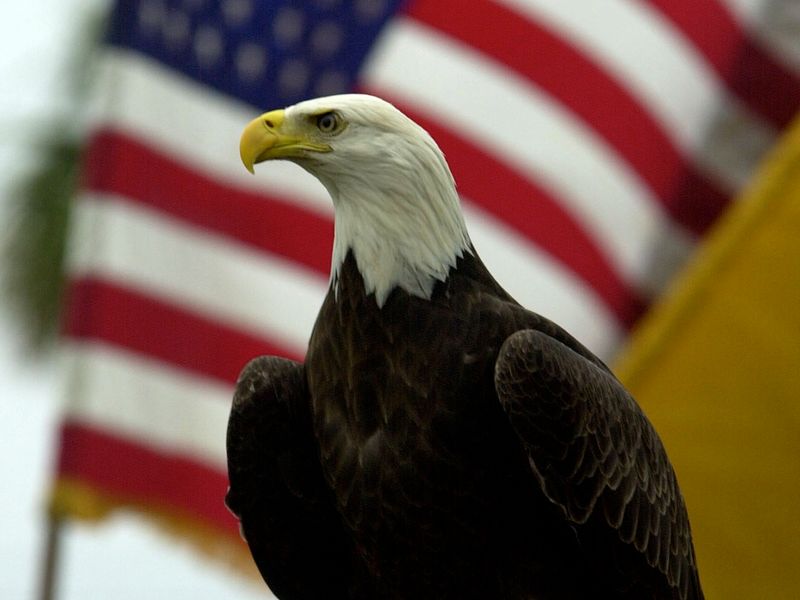
With its piercing eyes and powerful wings, the bald eagle embodies freedom and strength. Chosen as the national bird in 1782, it represents America’s ideals. Unlike any other bird, it soars high with grace, capturing the spirit of a nation.
The Founding Fathers admired its majesty, seeing it as a symbol of courage. Interestingly, Benjamin Franklin preferred the turkey, believing it more respectable. Despite this, the eagle’s association with leadership and vision prevailed. Its image now graces coins and seals, a testament to its enduring legacy. Truly, the bald eagle stands as a proud emblem of American identity.
How do American alligators thrive in the wild?
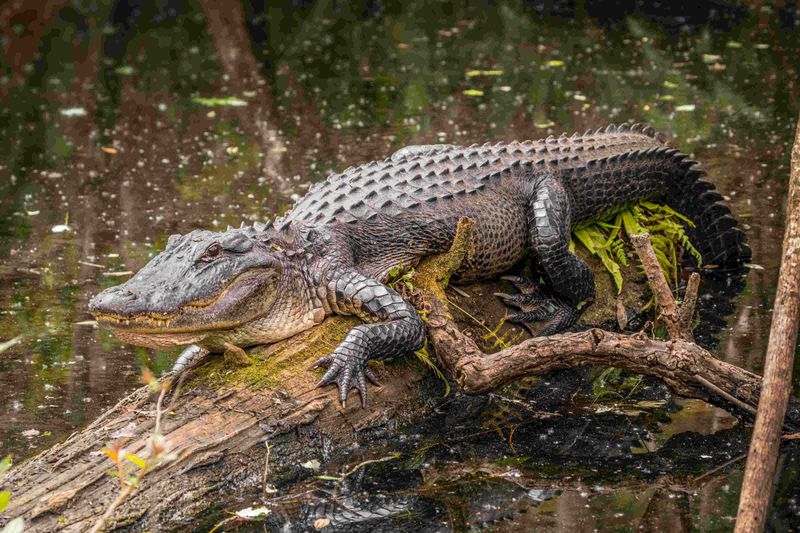
Basking under the sun, American alligators thrive in the warm, wet habitats of the Southeast. These ancient reptiles, with their armored bodies and powerful jaws, are formidable predators. They play a crucial role in their ecosystem, maintaining balance by controlling prey populations.
Adaptation is key to their success. Their ability to regulate body temperature and hibernate during cold spells ensures survival. Once hunted to near extinction, conservation efforts have rebounded their numbers. Today, they are a symbol of wildlife recovery, fascinating both scientists and nature enthusiasts alike.
Their deep, resonant bellowing is a sound to behold!
What makes the American bison an iconic species?
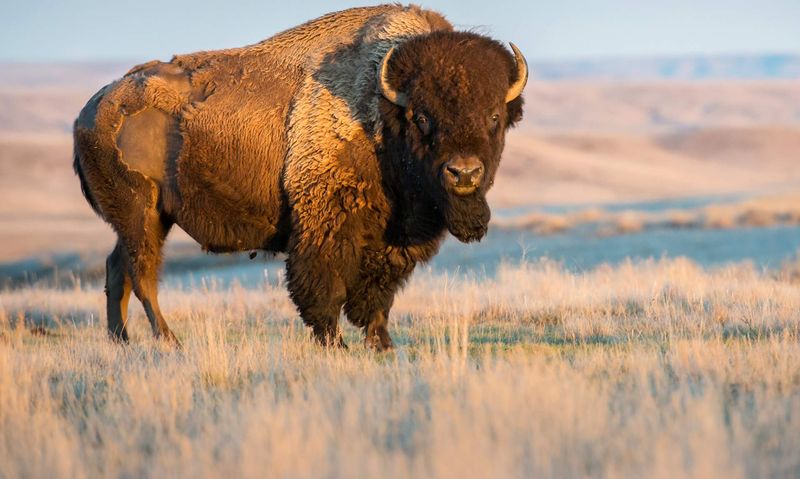
Roaming vast grasslands, the American bison symbolizes the wild frontier. Once numbering in millions, they faced near extinction due to overhunting in the 19th century. Conservation efforts have since restored their numbers, making them an icon of resilience.
These majestic creatures, with their shaggy coats and imposing presence, are integral to indigenous cultures. They are also keystone species, shaping the landscape through grazing patterns. Observing a bison herd is like stepping back in time, witnessing an enduring symbol of America’s natural heritage.
Their thunderous stampedes once echoed across the plains!
Where can you find grizzly bears in the United States?
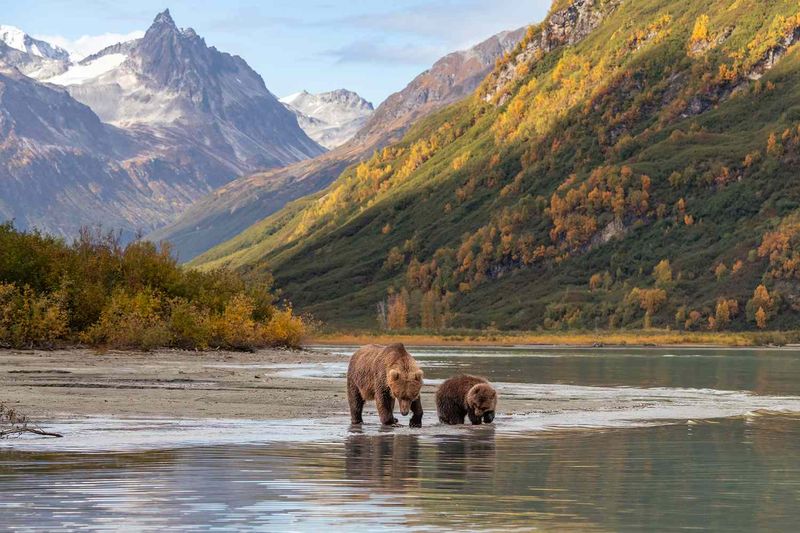
In the remote wilderness of Alaska and the Northern Rockies, grizzly bears roam freely. These powerful mammals, with their massive frames and fierce demeanor, are a testament to nature’s raw beauty. Observing them in their natural habitat is an awe-inspiring experience.
Grizzlies thrive in diverse environments, from dense forests to open tundras. They are skilled hunters and foragers, with a diet ranging from berries to fish. Despite their formidable reputation, they face threats from habitat loss and climate change.
Conservation efforts aim to secure their future, ensuring these magnificent creatures continue to roam wild.
How do monarch butterflies migrate across America?

Every fall, monarch butterflies embark on an epic journey from North America to central Mexico, spanning thousands of miles. This miraculous migration is guided by instinct and environmental cues, such as the sun’s position and magnetic fields.
Monarchs rely on milkweed plants for laying eggs, making these habitats crucial for their survival. Along their route, they face numerous challenges, including climate change and habitat destruction. Conservationists work tirelessly to protect these vital corridors.
Witnessing a swarm of monarchs fluttering in unison is a breathtaking spectacle, a true wonder of the natural world.
What role do wolves play in their ecosystem?
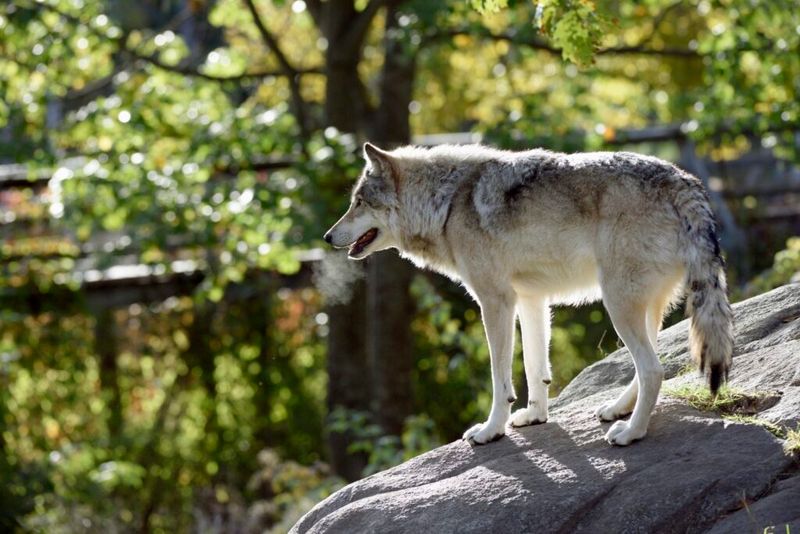
Wolves, with their haunting howls, are the architects of the wild. As apex predators, they regulate prey populations, maintaining the balance of ecosystems. Their presence influences the behavior of other species, leading to a cascade of ecological effects.
In Yellowstone, reintroduction of wolves revitalized the park’s dynamics, showcasing their impact. They control elk numbers, allowing vegetation to recover, which supports diverse wildlife. Despite misconceptions, wolves are vital for ecological health.
Their social structure, based on loyalty and teamwork, is a fascinating aspect of their lives. Wolves are nature’s guardians, ensuring harmony in the wild.
Why are Florida manatees considered gentle giants?
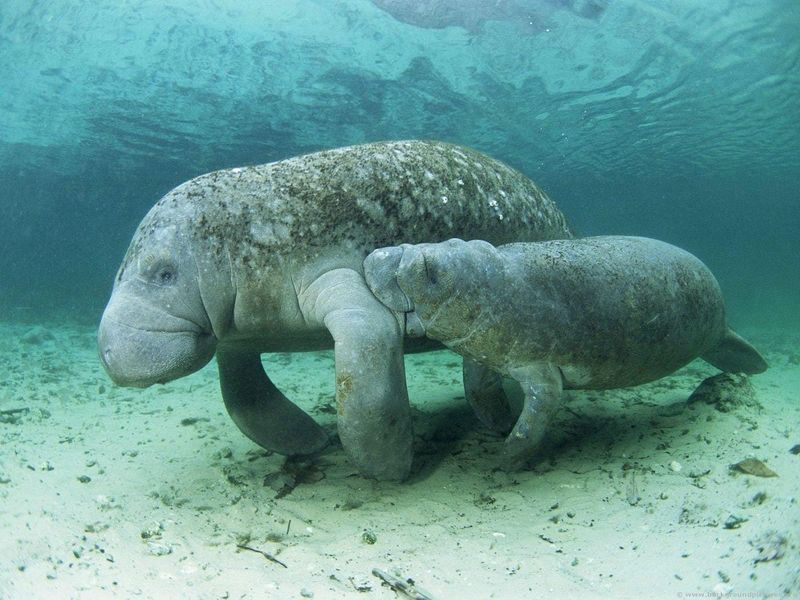
Beneath the warm waters of Florida’s springs, manatees make their home. These gentle giants, with their slow movements and peaceful nature, are adored by many. Weighing up to 1,200 pounds, they are surprisingly graceful swimmers.
Manatees graze on aquatic plants, playing a significant role in maintaining healthy waterways. Unfortunately, they face threats from boat strikes and habitat loss. Conservation efforts focus on protecting these habitats and educating the public.
Encountering a manatee in the wild is a heartwarming experience, a reminder of the tranquility that exists beneath the waves.
How do beavers engineer their environment?
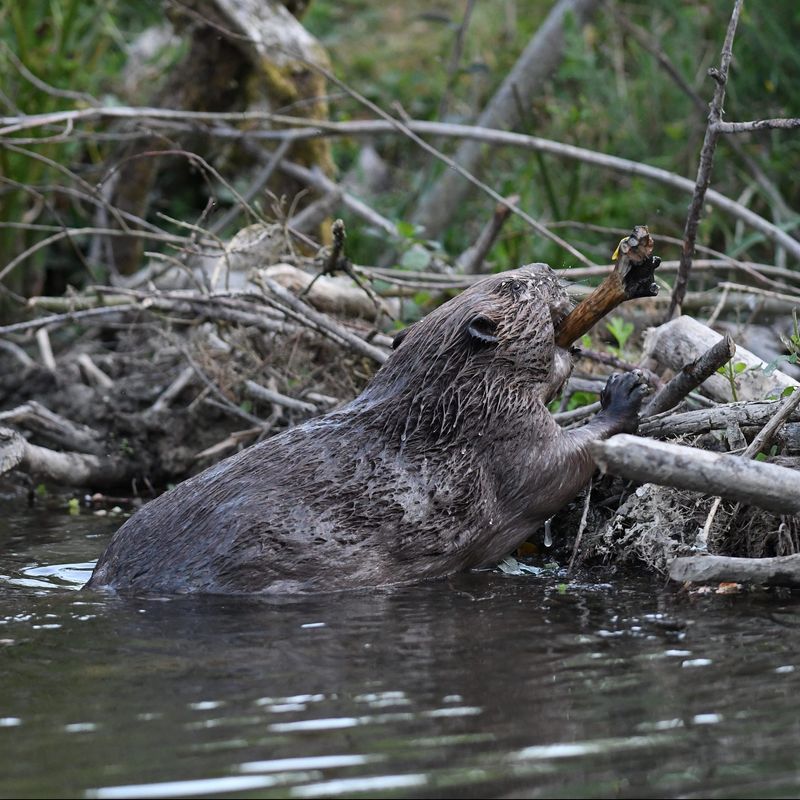
Beavers are nature’s architects, transforming landscapes with their dam-building prowess. By creating ponds, they foster diverse ecosystems, supporting countless species. Their work benefits waterfowl, fish, and amphibians alike.
These industrious rodents use their sharp teeth to fell trees and branches, creating structures that alter water flow. In doing so, they prevent soil erosion and purify water. Beavers’ ingenuity highlights the interconnectedness of nature.
Though sometimes viewed as nuisances, their ecological contributions are invaluable. Observing a beaver’s diligence is a testament to nature’s remarkable engineering skills.
What makes the California condor unique?

The California condor, with its vast wingspan, commands the skies of the American West. As one of the world’s rarest birds, its story is one of survival and hope.
Faced with extinction, a successful captive breeding program revived their population. Now, seeing these majestic birds soar is a triumph of conservation. They play a vital role as scavengers, cleaning the environment by consuming carrion.
Their comeback symbolizes the resilience of nature and the power of human intervention. Standing on the edge of a canyon, watching a condor glide gracefully is an unforgettable sight.
How do sea otters keep the ocean ecosystem healthy?

Floating among the kelp forests, sea otters are guardians of the ocean. Their playful antics belie their critical ecological role. By preying on sea urchins, they prevent these creatures from decimating kelp beds.
Kelp forests provide habitat for diverse marine life and help combat climate change by absorbing carbon dioxide. Sea otters’ presence ensures these underwater jungles thrive.
Their thick fur, the densest of any animal, keeps them warm in frigid waters. Watching a sea otter’s nimble paws crack open shells is a delightful experience, showcasing nature’s intricate balance.
What is the significance of the American robin’s song?
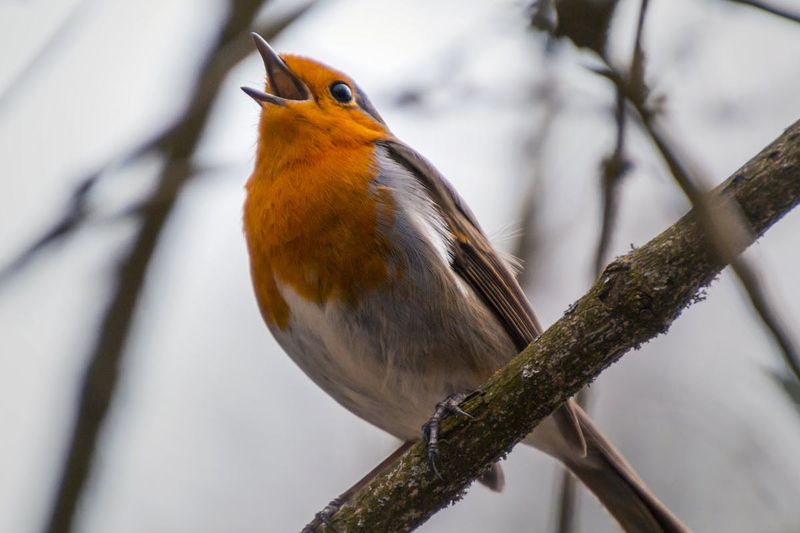
As dawn breaks, the American robin’s song heralds the start of a new day. Known for their cheerful tunes, these birds are a familiar sight across America.
Their song is more than just a melody; it’s a communication tool, marking territory and attracting mates. The robin’s presence signals the arrival of spring, bringing hope and renewal.
With their bright red breasts and melodic voices, robins add vibrant life to gardens and parks. Their song is a comforting backdrop to daily life, a reminder of nature’s simple joys.
How do prairie dogs contribute to their ecosystem?
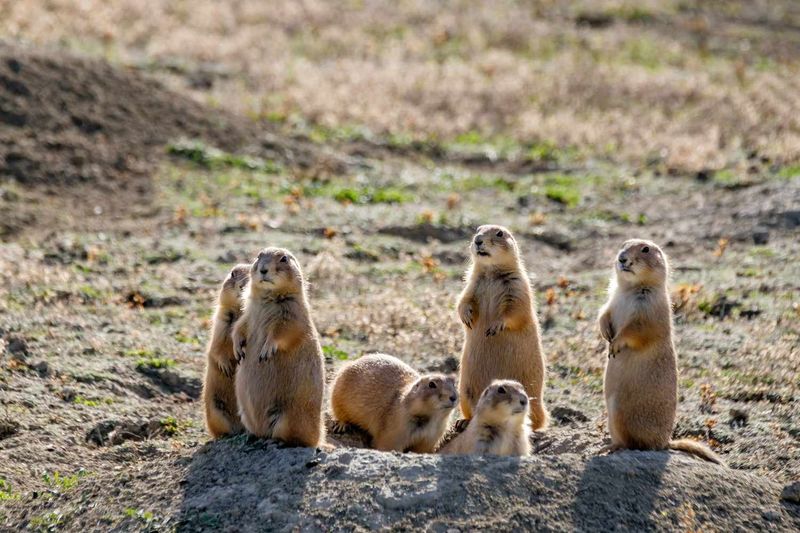
Prairie dogs, with their curious chatter, are keystone species of the grasslands. Their burrows provide shelter for numerous animals, including owls, snakes, and insects.
By grazing, they maintain the health of the prairie, promoting plant diversity. Their presence shapes the ecosystem, influencing species composition and soil health. Despite being viewed as pests, they are essential for the grassland’s vitality.
Observing a prairie dog town is a lesson in community dynamics and environmental engineering. These creatures exemplify the interconnectedness of life on the plains, where every role is vital.
Where do American black bears live and thrive?
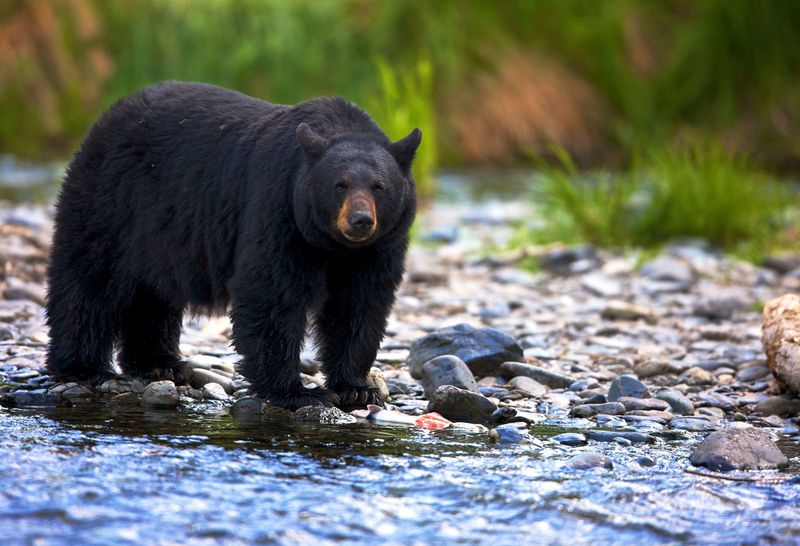
From the dense forests of the East to the rugged mountains of the West, American black bears thrive in diverse habitats. These adaptable creatures are skilled climbers and foragers, known for their curiosity and playfulness.
Despite their name, black bears come in various colors, from cinnamon to blonde. Their diet includes berries, nuts, and even insects, showcasing their omnivorous nature. They play a role in seed dispersal, aiding forest regeneration.
While encounters are thrilling, respecting their space is vital. Black bears are a testament to America’s wild spirit, captivating all who see them.
Why are hummingbirds so mesmerizing?

With wings beating in a blur, hummingbirds are nature’s jewels. Their aerial acrobatics, as they hover and dart, defy gravity. These tiny birds, with iridescent feathers, captivate all who glimpse them.
Hummingbirds’ energy is fueled by nectar, which they extract with astonishing precision. Their presence supports pollination, enriching the environment. Despite their delicate appearance, they are fiercely territorial, defending feeding areas with vigor.
A hummingbird’s visit is magical, like a fleeting treasure. Their vibrant colors and dynamic flight patterns make them a favorite among birdwatchers and gardeners alike.
What adaptation helps the Arctic fox survive in extreme cold?
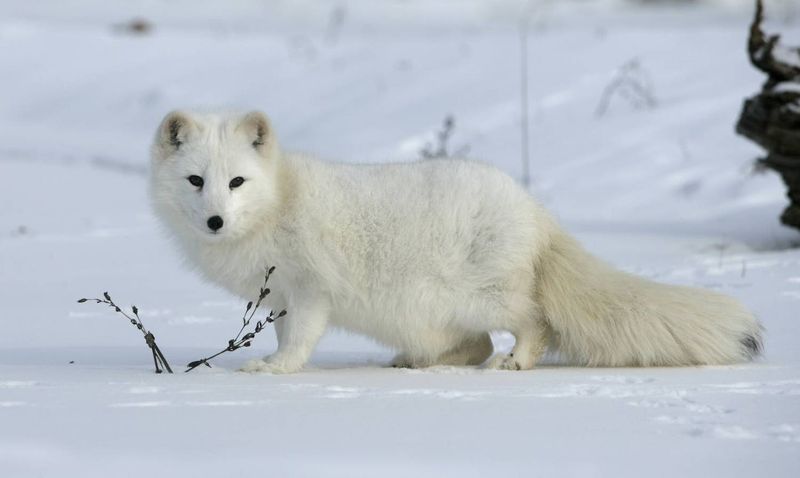
In the frigid north, the Arctic fox thrives with remarkable adaptations. Its thick, insulating fur changes color with the seasons, providing camouflage. This clever trait aids survival in extreme temperatures and varied landscapes.
These resourceful predators hunt lemmings and scavenge scraps, displaying opportunistic behavior. Their compact bodies and bushy tails reduce heat loss, a testament to nature’s ingenuity.
The Arctic fox, with its keen senses and resilience, embodies the harsh beauty of its environment. Watching one move gracefully across the ice is like witnessing a living testament to adaptation.
How do American kestrels hunt in urban areas?
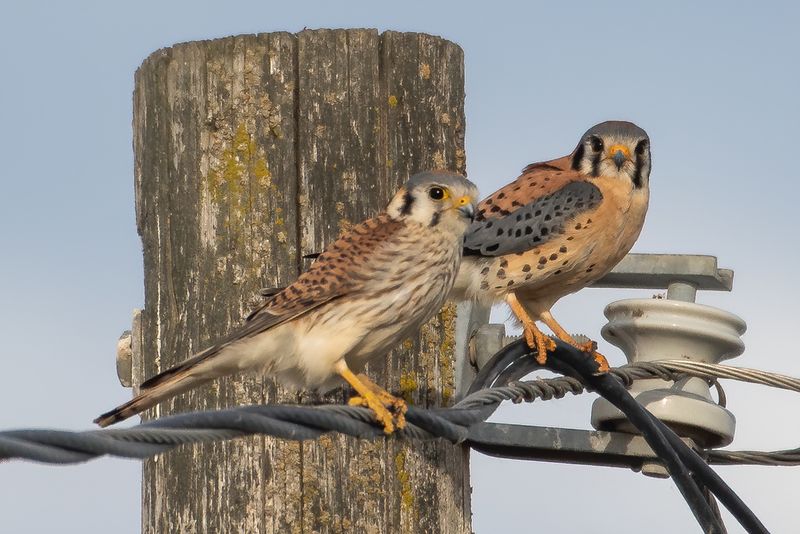
In bustling cities, American kestrels showcase adaptability and precision. These small falcons, with striking plumage, excel at hunting in urban environments, utilizing open spaces and perches like light poles.
Their keen eyesight allows them to spot prey, such as insects and small mammals, from great distances. With swift, agile flight, they swoop down with remarkable accuracy. Kestrels demonstrate how wildlife can thrive alongside human development.
Their presence in cities highlights the balance between nature and urbanization, a reminder of the wild amidst the concrete jungle.
Why are raccoons often seen as clever creatures?
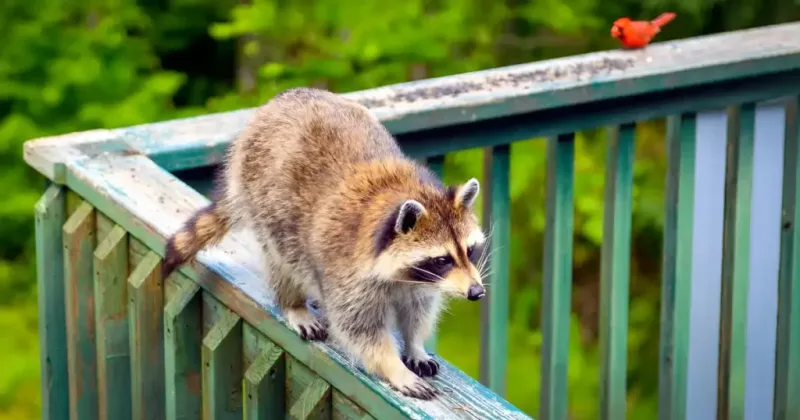
With their masked faces and nimble paws, raccoons are nature’s clever foragers. Their intelligence and problem-solving abilities are legendary, allowing them to adapt to suburban environments.
Raccoons’ diet is diverse, ranging from fruits to small animals. Their resourcefulness is evident in their ability to open containers and navigate obstacles in search of food. This adaptability often brings them into contact with humans.
Despite being labeled as pests, raccoons are fascinating creatures. Their antics reveal a playful side, showcasing the intriguing relationship between wildlife and urban life.
What is the largest bird in North America?

The trumpeter swan, with its elegant neck and sweeping wingspan, holds the title of North America’s largest bird. With a wingspan reaching nearly 10 feet, they are a sight to behold.
These graceful birds were once threatened but have rebounded thanks to successful conservation efforts. Their haunting calls echo over lakes and wetlands, signifying their return.
Trumpeter swans are symbols of grace and recovery, embodying the success of wildlife conservation. Observing their majestic flight is an unforgettable experience, a reminder of nature’s grandeur.
How do desert tortoises survive in arid environments?

In the arid deserts of the Southwest, the desert tortoise thrives with remarkable resilience. These ancient reptiles have adapted to survive scarce water and extreme temperatures.
Their burrows provide refuge from the sun’s intense heat, while their slow metabolism aids survival. Desert tortoises can go months without fresh water, relying on moisture from their diet.
These enduring creatures are a marvel of adaptation, embodying the harsh beauty of their environment. Their unhurried journey across the sands is a testament to patience and perseverance in the face of adversity.
Why Do Armadillos Jump When Frightened?
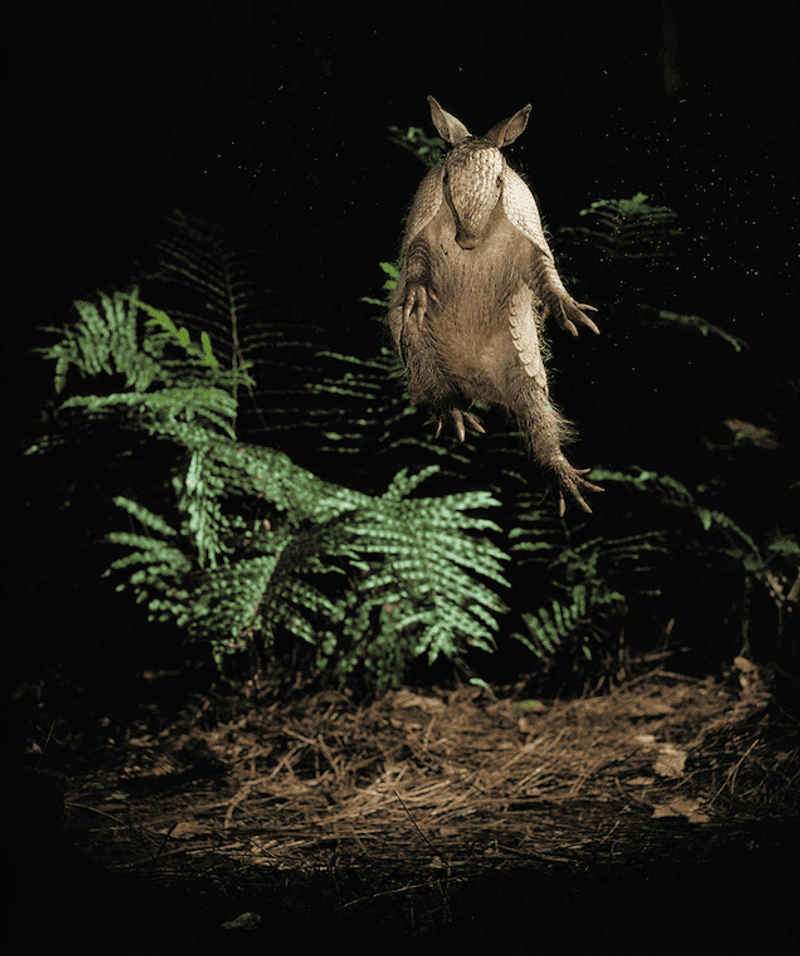
Ever wondered why armadillos have a penchant for jumping straight up when scared? This quirky behavior stems from their instinctual defense mechanism. Picture this: you’re a predator sneaking up on an armadillo, and suddenly, it springs upwards like a miniature pogo stick.
This unexpected leap can startle predators, giving the armadillo a crucial moment to escape. Though it might seem comical, this jump is a survival tactic. It’s interesting how a simple burst of energy can mean the difference between life and becoming dinner. Such fascinating creatures they are!
Did you know? Armadillos are one of the few animals capable of transmitting leprosy to humans.

